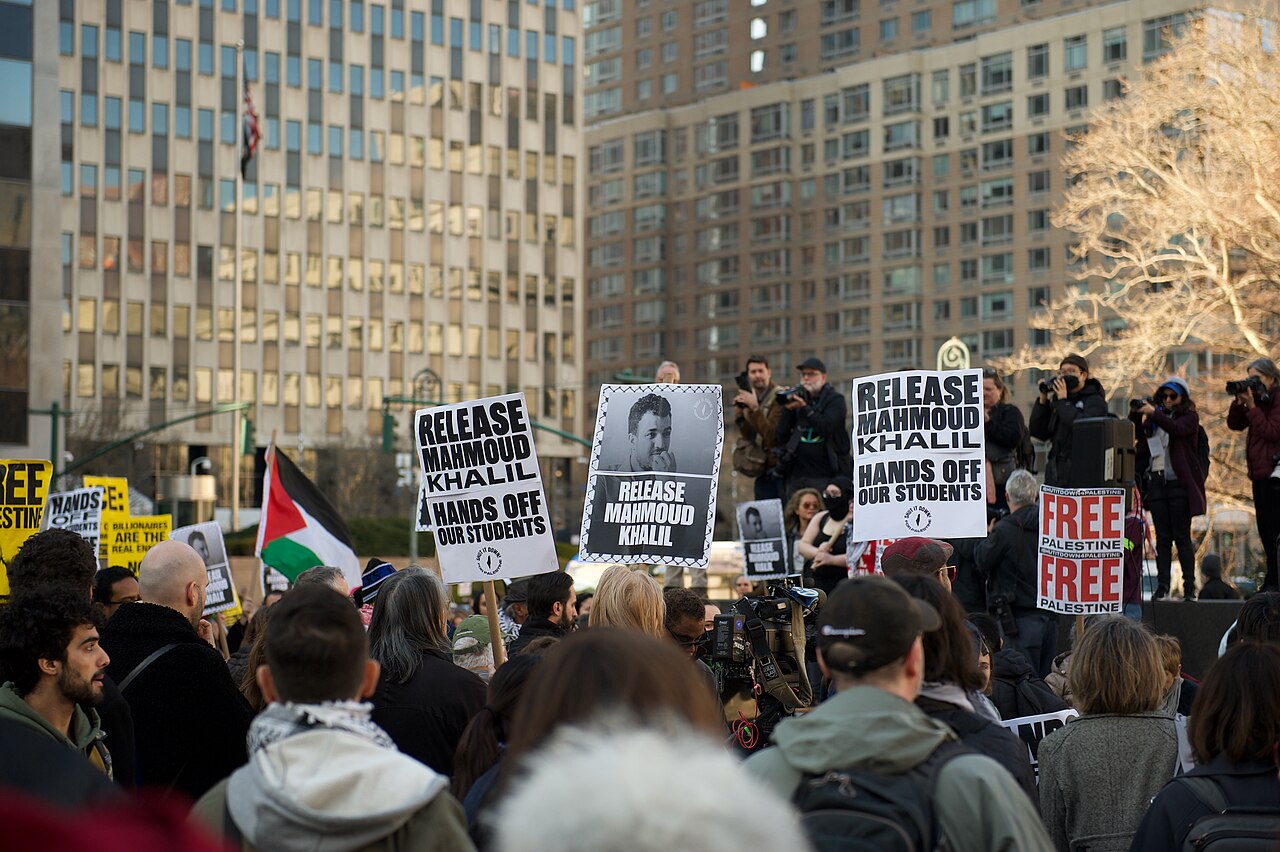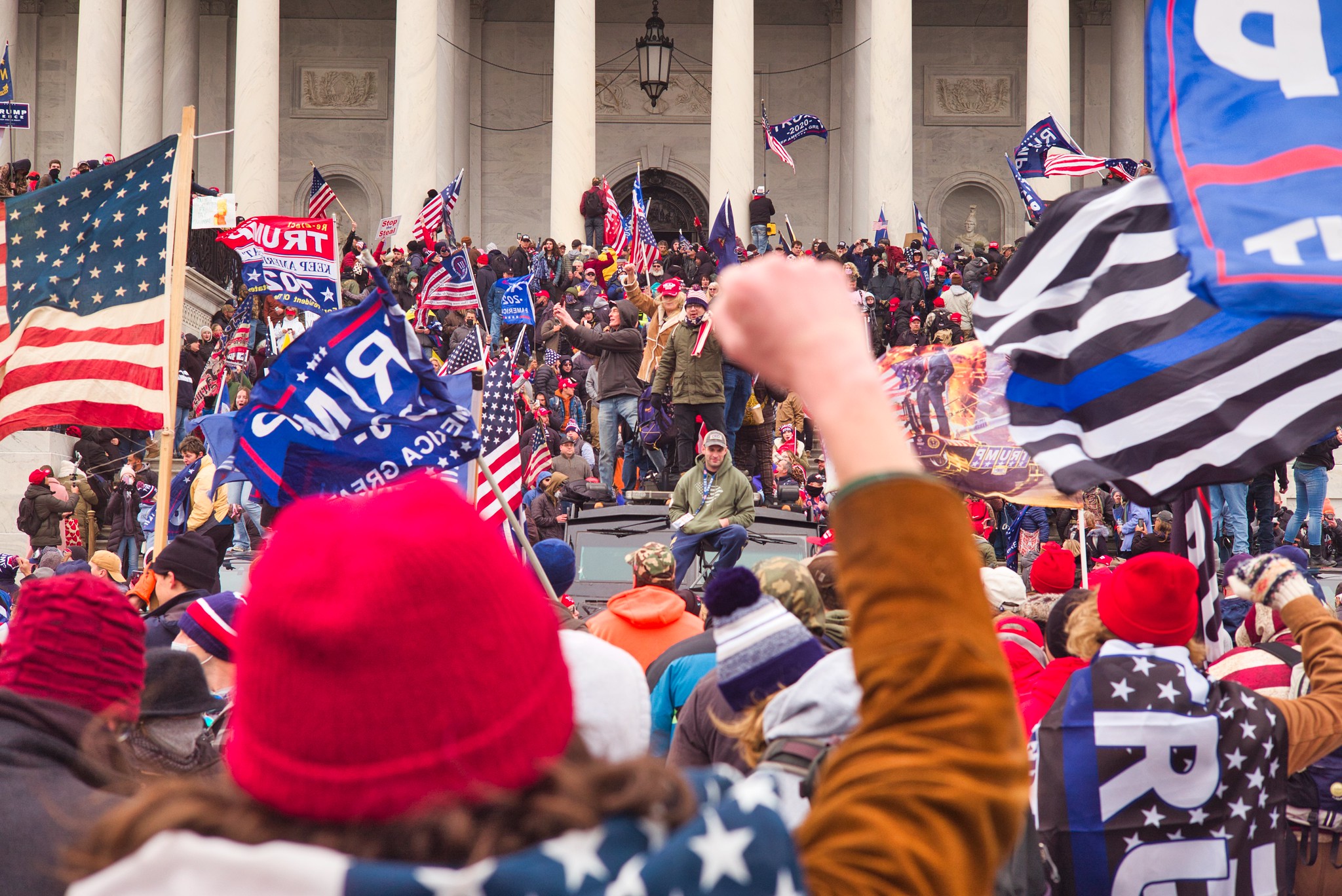The Tarek Mehanna Decision: A Brief Summary
As Ben previewed yesterday, the First Circuit Court of Appeals, in an opinion written by Judge Bruce M. Selya, affirmed the conviction of Tarek Mehanna on a number of terrorism and false statement charges stemming from a trip he took to Yemen in 2004.
The terrorism charges focus primarily on Mehanna’s conspiracies and attempt “to provide himself and others as recruits . . .
Published by The Lawfare Institute
in Cooperation With

As Ben previewed yesterday, the First Circuit Court of Appeals, in an opinion written by Judge Bruce M. Selya, affirmed the conviction of Tarek Mehanna on a number of terrorism and false statement charges stemming from a trip he took to Yemen in 2004.
The terrorism charges focus primarily on Mehanna’s conspiracies and attempt “to provide himself and others as recruits . . . for al-Qa’ida’s terrorist aims.” The court found ample evidence that Mehanna’s trip to Yemen was intended to support al-Qaeda and “kill persons abroad,” including testimony by co-conspirators indicating that Mehanna sought to “wage war” against US forces in Iraq, evidence that he tried to hide and cover up his activities in preparation for the trip, and numerous statements made after his trip ended in failure indicating a continued desire to support al-Qaeda. While acknowledging that some evidence indicated Mehanna went to Yemen for scholarly pursuits, the court says that the evidence weighs heavily against this alternative explanation and in favor of the jury’s findings in the trial court.
Judge Selya next addresses Mehanna’s translations of al-Qaeda material. First, Mehanna raised a number of issues with the lower court’s translations-related jury instructions: (1) failure to define the term “coordination” as pertaining to whether Mehanna’s translations were independent of or in coordination with al-Qaeda, (2) advising the jury not to consider the First Amendment in its deliberations, and (3) refusing to use the jury instructions proffered by Mehanna. On the first claim, the court notes that while no definition of the word coordination appears in the lower court’s charge to the jury, the instructions clearly indicate in context that independent advocacy for a foreign terrorist organization does not satisfy the criminal statute. Judge Selya easily dismisses the second claim because the lower court’s full jury instructions did not tell the jury to ignore the First Amendment, but rather, indicated that the statute was framed in such a way that it accounts for free speech protections. The court is similarly dismissive of the third claim, pointing out that Mehanna’s proposed jury instructions were incorrect in some instances and incorporated into the judge’s jury instructions in others.
Second, in what many expected to be a key issue in the case, Mehanna claims that the jury lacked sufficient evidence to find that his translation activities were in coordination with al-Qaeda; however, the court finds that “the cluster of activities surrounding the defendant's Yemen trip supplied an independently sufficient evidentiary predicate for the convictions on the terrorism-related counts.” Thus, by finding that the conviction could rest solely on Mehanna’s trip to Yemen, the court avoids any deeper discussion of the interesting First Amendment questions that Peter Margulies and David Cole raised last year.
After summarily dismissing a number of last-ditch efforts by Mehanna to overturn the terrorism charges, the court next turns to Mehanna’s challenge to one of the three false statement charges for which he was convicted. In particular, he argues that while his statements to FBI agents pertaining to the whereabouts and activities of his friend Daniel Maldonado were false, they were not “materially so” because the agents already knew the answers to their questions. Judge Selya finds no merit in this argument, pointing out that to be material a “statement need not actually have influenced the governmental function. It is enough that the ‘statement could have provoked governmental action.’”
In the next and longest section of its opinion, the court delves into “a series of hotly contested evidentiary rulings.” The first challenge focuses on out-of-court statements by alleged co-conspirators that Mehanna claims are inadmissible as hearsay. The court finds that these each of the statements admitted into evidence were admissible for at least one of three reasons: (1) they fall under the hearsay exception for statements made by co-conspirators in furtherance of the conspiracy, (2) improper admission was harmless error, and (3) the statements were not hearsay. Next, Mehanna argues that the “admission of dozens of terrorism-related pictures, videos, and printed materials” prejudiced the jury and outweighed the probative value of evidence. On this claim, the court accepts the government’s position that such evidence was central to proving Mehanna’s motive and intent in travelling to Yemen and therefore more probative than prejudicial. Another claim relates to the government’s failure to disclose to Mehanna’s counsel possible evidence that he had previously refused to a solicitation to take part in criminal acts. The court, after reviewing such evidence in camera, concludes that the evidence was tangential to this case and therefore the government was not required to provide it to Mehanna. Finally, the court reviews the trial court’s exclusion of two of defendant’s eight proffered expert witnesses, finding that the witnesses’ testimony was cumulative and would not have assisted the jury in its factual determinations.
The court’s final discussion centers on sentencing issues. Mehanna argues that the criminal activity for which he is charged was completed in 2004, before more stringent sentencing guidelines went into effect in November 2004, and so he may only be sentenced under the less stringent version of the guidelines under ex post facto doctrine. However, Judge Selya finds that the conspiracies charged in this case lasted until at least 2006 and so the more stringent guidelines are appropriate for sentencing Mehanna.
In the end, United States v. Mehanna proved to be a much more straightforward application of existing criminal law than had been expected. The court affirmed Mehanna’s conviction in full, along with his seventeen-and-a-half year sentence.
Matt Danzer is a graduate of Columbia Law School, where he was a member of the Columbia Law Review and served as president of the National Security Law Society. He also works as an editor for the Topic A public policy blogs on Roll Call. He graduated from Cornell University in 2012 with a B.S., with honors, in Industrial and Labor Relations.




.jpg?sfvrsn=d5e57b75_7)
